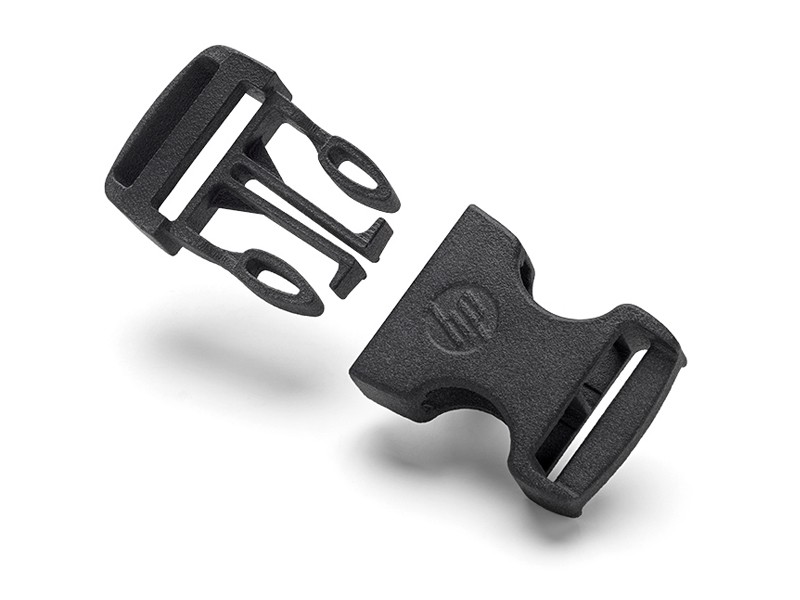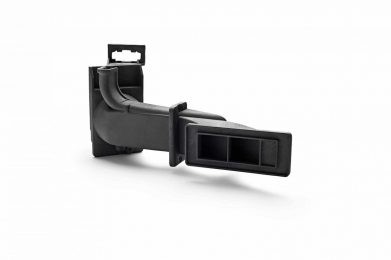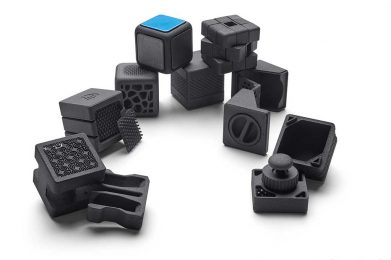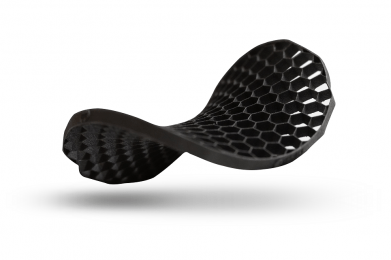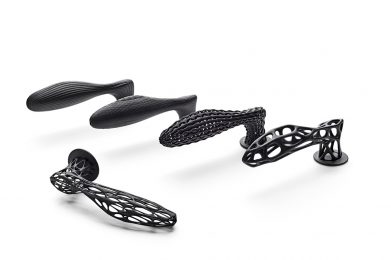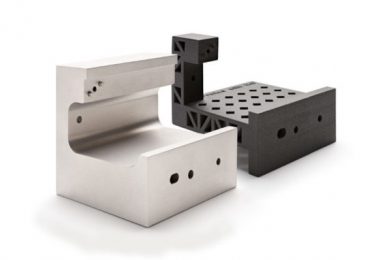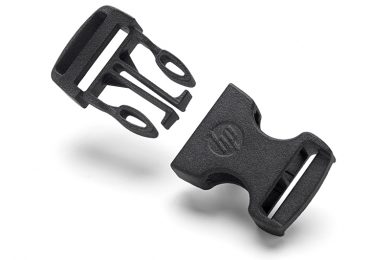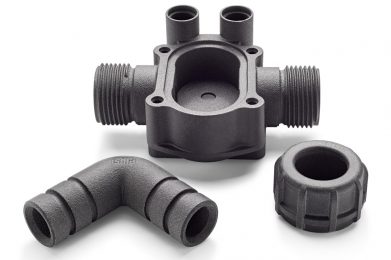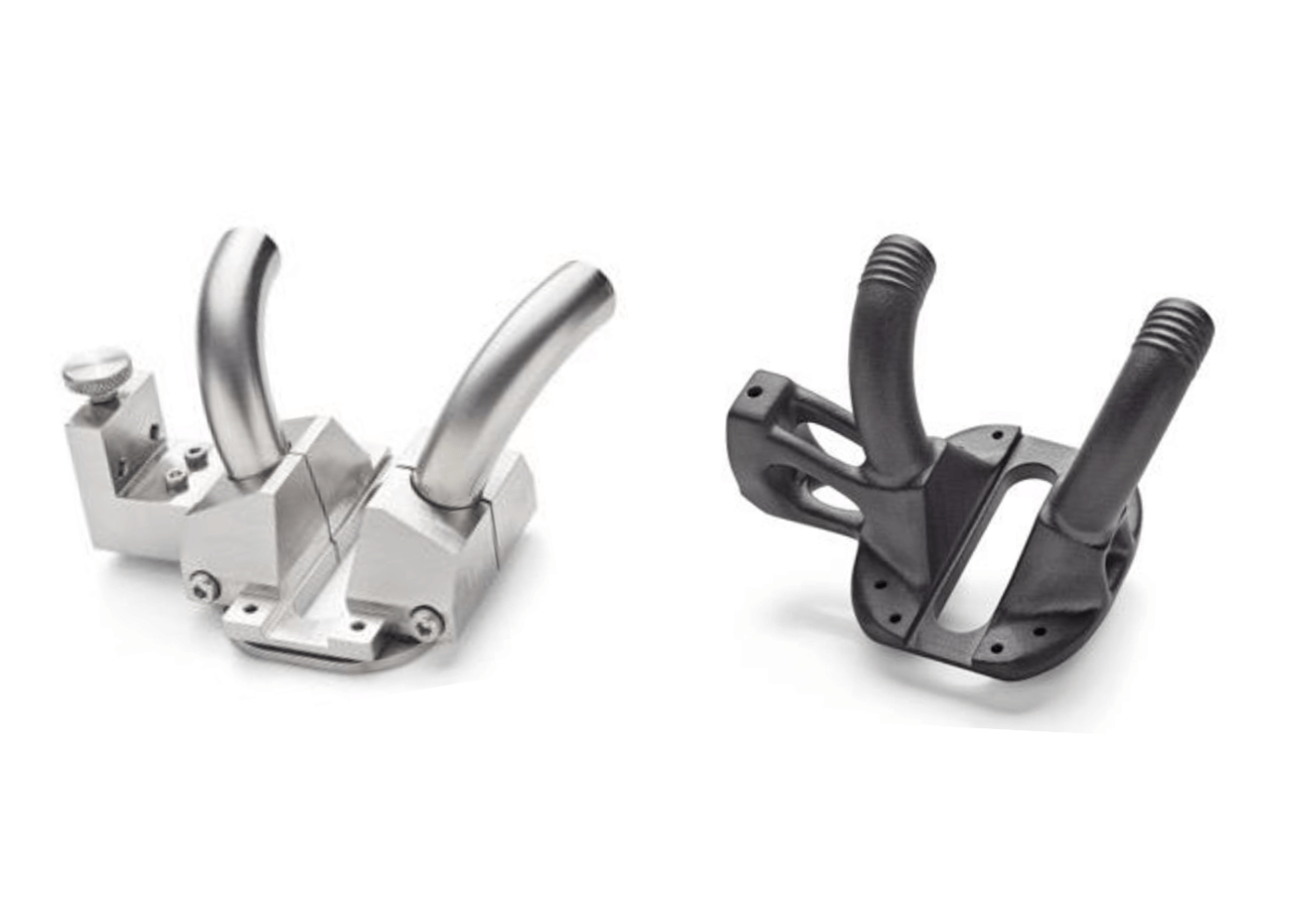Application areas of rapid prototyping
Even during the planning phase, rapid prototyping is used to detect and eliminate errors and weak points in the subsequent end product. Already after the first design it is useful to check the proportions of a new product. A physical model allows conclusions to be drawn about sources of error more often than a virtual model. Based on the correct form, the function can now be tackled. In the case of successful product development, tests with functional samples are often used, which ensure the accuracy of fit and the functionality of the individual parts. If the new development is presented to the public - through the first salable samples or at trade fairs - parts are required that come as close as possible to the end product. This is also possible with rapid prototyping methods. Subsequently, a first, 3D printed small batch is often aimed for. This allows you to check the market's response to the new product, so that you can then invest in an expensive injection molding tool with little risk and a good feeling.
